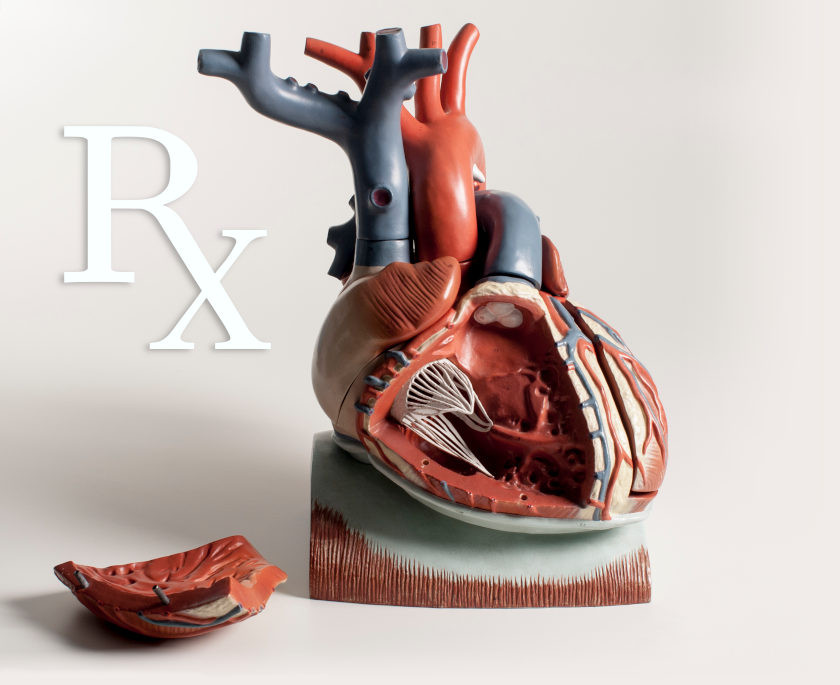Normal Heart Rhythm
- THIS PAGE: Normal Heart Rhythm
- Page 2: Types of Arrhythmias
- Page 3: Causes of Arrhythmias
- Page 4: Antiarrhythmic Drugs
Normal Generation and Regulation of Heart Rhythm
Normal heart rhythm is generated and driven by the spontaneous firing of pacemakers cells of the sinoatrial (SA) node, located in the posterior wall of the right atrium. These cells have an intrinsic firing rate of 100–110 depolarizations per minute. However, this intrinsic rate is under the control of autonomic nerves and circulating hormones, which increase or decrease this rate. At rest, the sinoatrial rate, and therefore the heart rate when the heart is in sinus rhythm (i.e., controlled by the SA node), is usually 60-80 beats/minutes (bpm), which is well below the intrinsic firing rate. This reduced resting rate is due to vagal tone. Efferent vagus nerve fibers innervating the SA node normally have a high level of activity under resting conditions. These nerves release acetylcholine, which binds to muscarinic (M2) receptors on the SA nodal cells to cause the decrease in firing rate. (Click here for additional detail). The SA node is also innervated by sympathetic nerve fibers. These autonomic nerves release norepinephrine, which binds principally to beta1-adrenoceptors on SA nodal cells. When the activity of sympathetic efferent nerves is increased, the SA node firing rate increases. (Click here for additional detail). Normally, there is a reciprocal relationship between the parasympathetic (vagal) and sympathetic influences acting on the SA node so that a reduction in heart rate is brought about by increased vagal activity and decreased sympathetic activity. The opposite changes produce an increase in heart rate, as occurs during exercise.
Normal Conduction of Electrical Impulses
In normal sinus rhythm, the impulses generated by the SA node travel through the atria and converge at the atrioventricular (AV) node where the speed of conduction is reduced. This gives the atria sufficient time to contract and empty their contents into the ventricles before ventricular contraction. Impulses from the AV node travel into the ventricles via the Bundle of His, and then branch into the left and right bundle branches, the terminal Purkinje fibers, and finally are conducted to the ventricular myocytes. Because of this spread of electrical activity from the atria to the ventricles, every atrial depolarization and contraction is normally followed by ventricular depolarization and contraction. There is normally a one-to-one correspondence between atrial and ventricular depolarization and contraction.
Go to Next Page
Types of Arrhythmias
Revised 11/30/2023

 Cardiovascular Physiology Concepts, 3rd edition textbook, Published by Wolters Kluwer (2021)
Cardiovascular Physiology Concepts, 3rd edition textbook, Published by Wolters Kluwer (2021) Normal and Abnormal Blood Pressure, published by Richard E. Klabunde (2013)
Normal and Abnormal Blood Pressure, published by Richard E. Klabunde (2013)